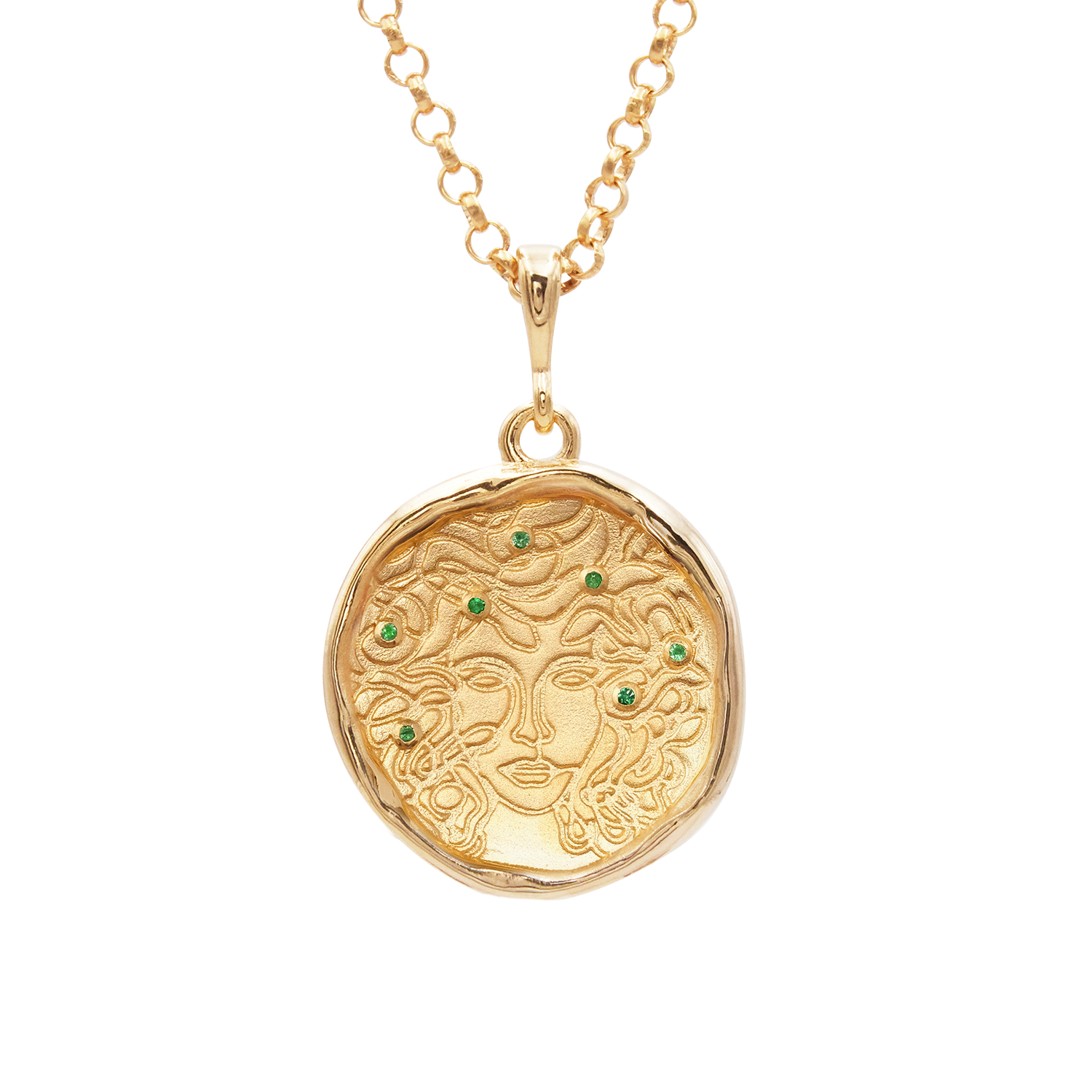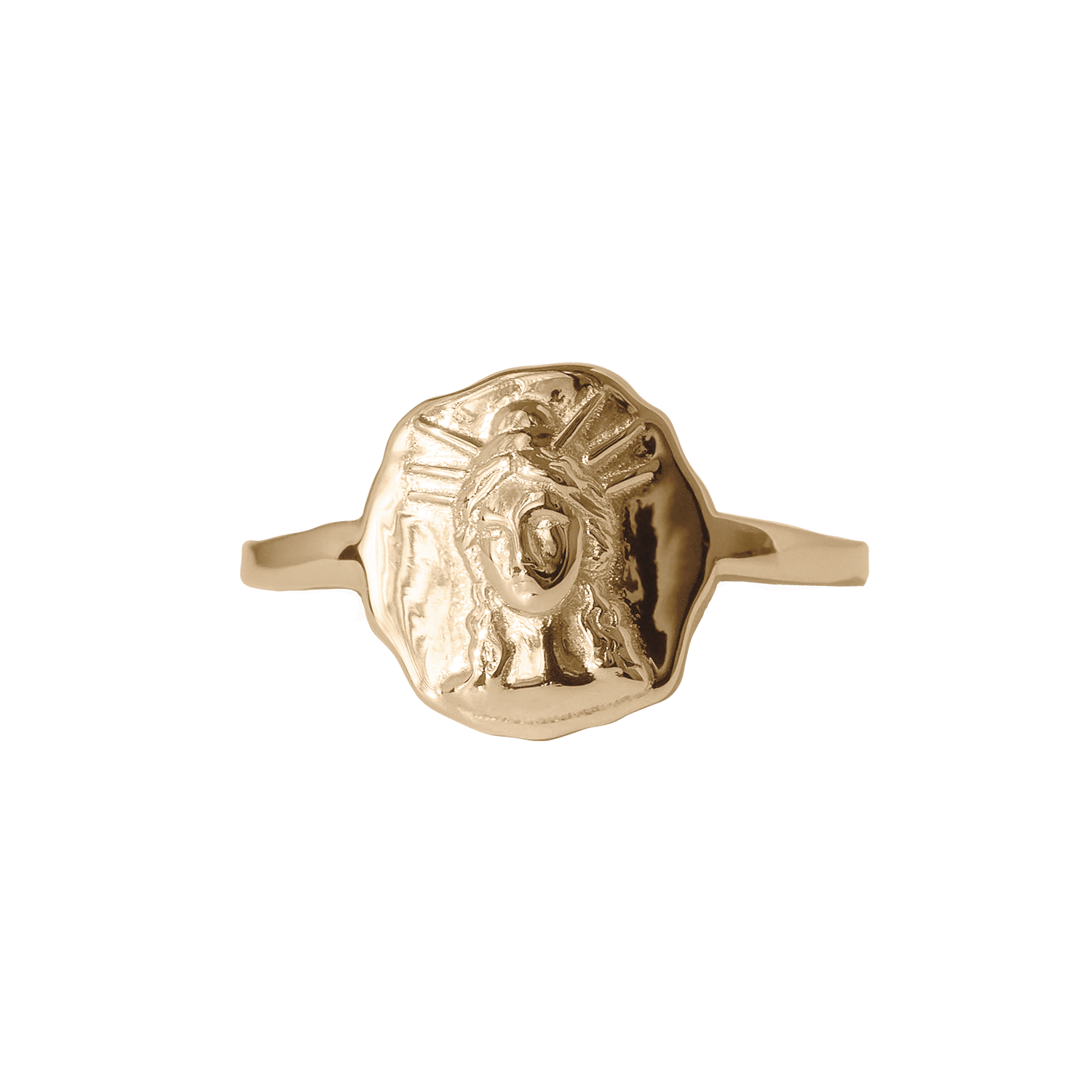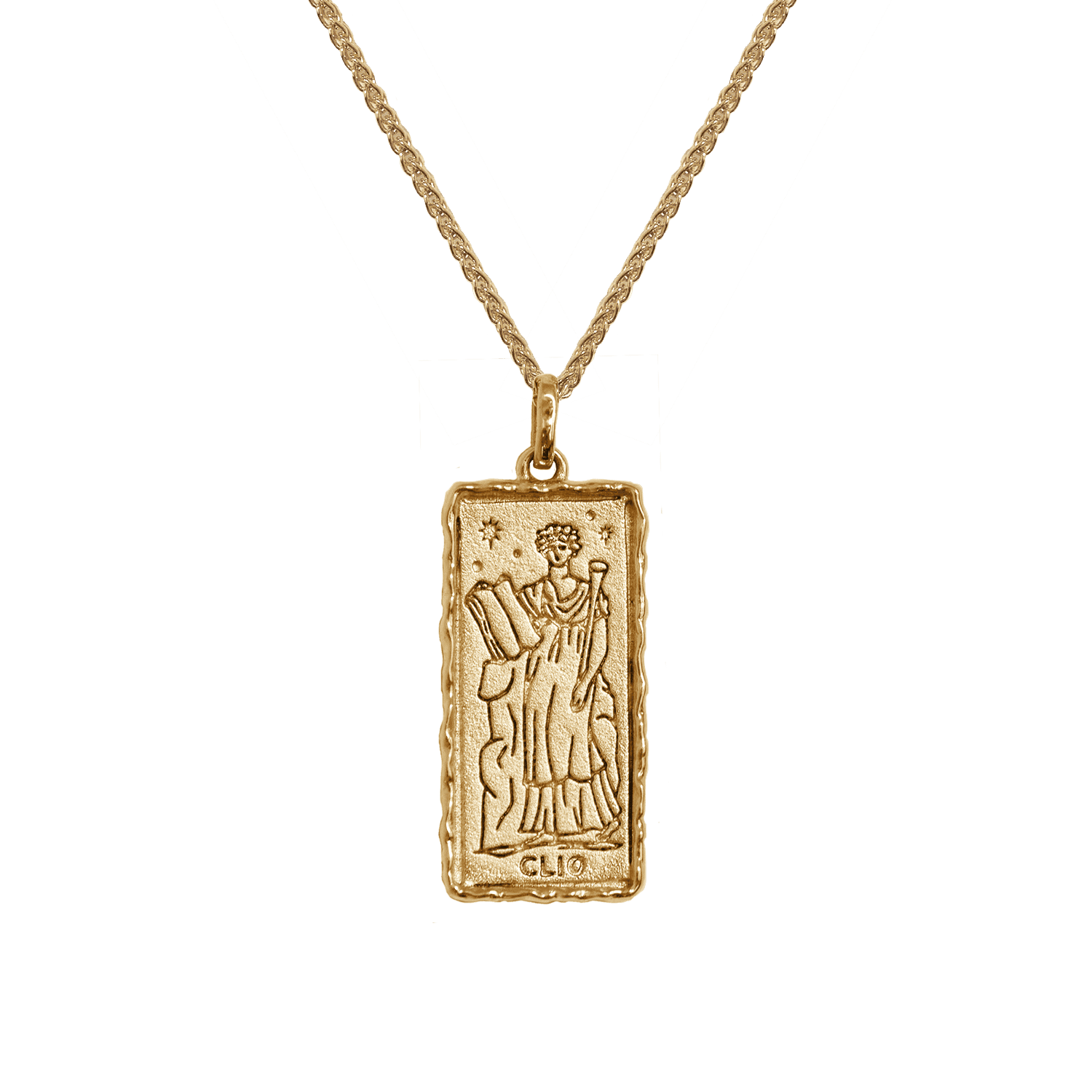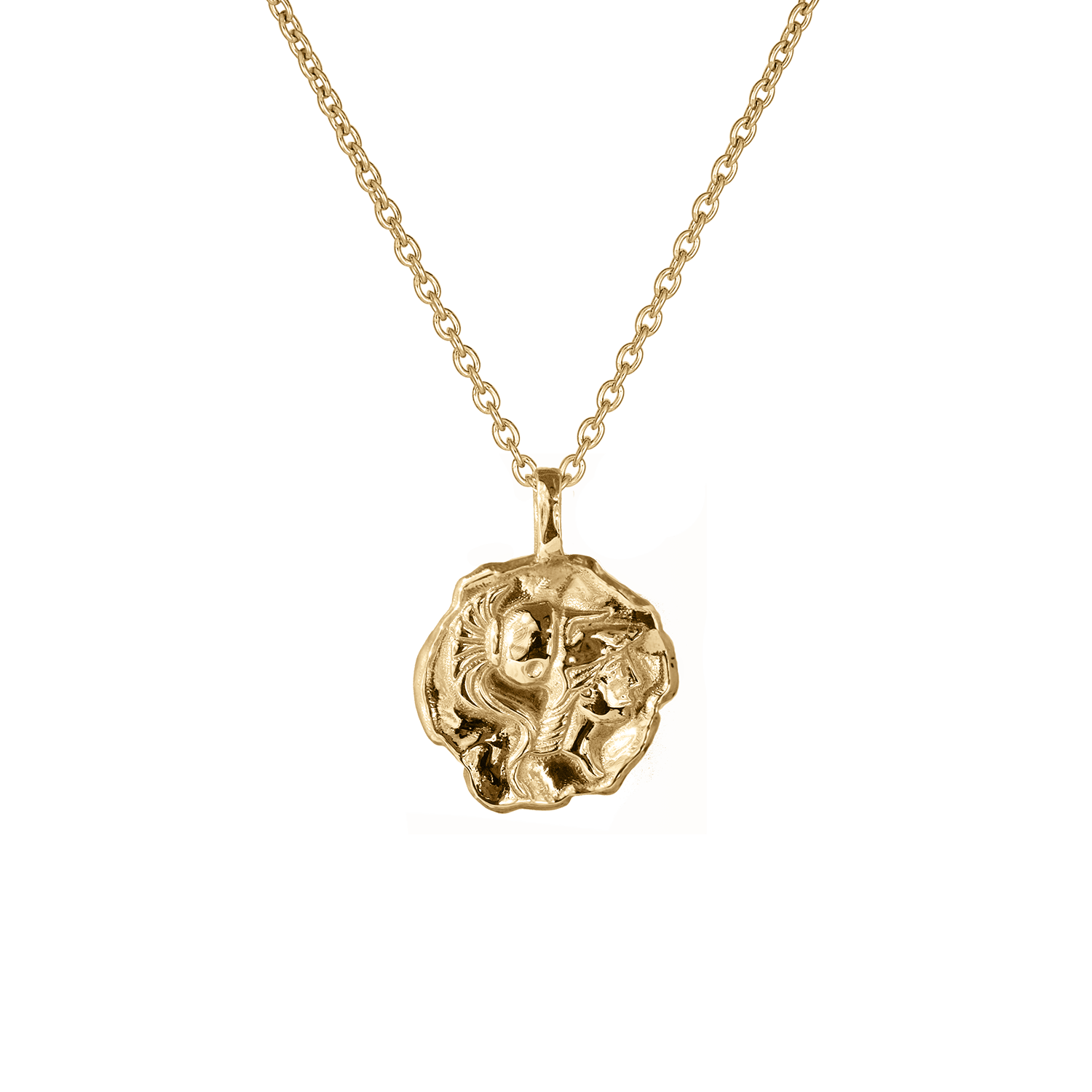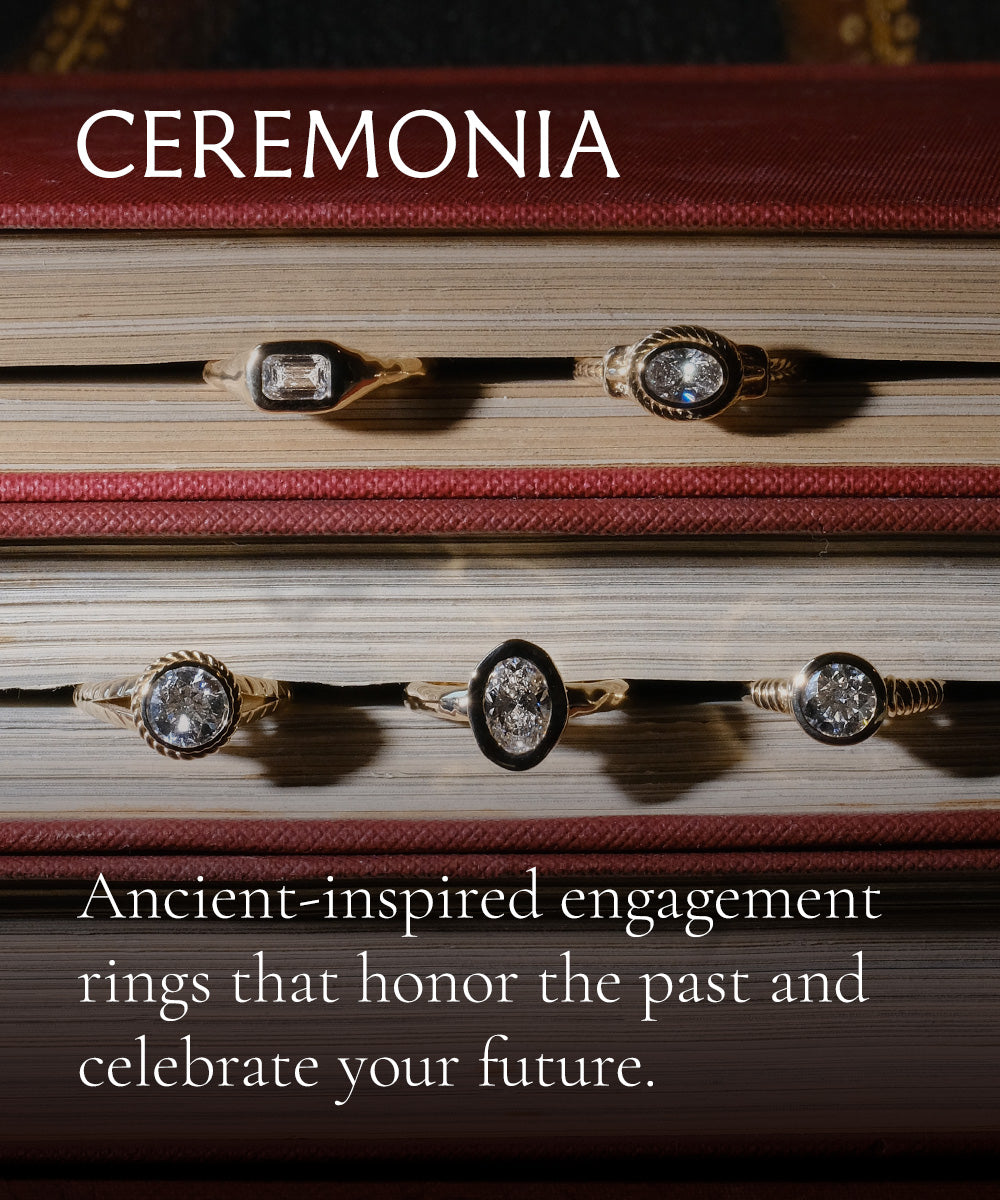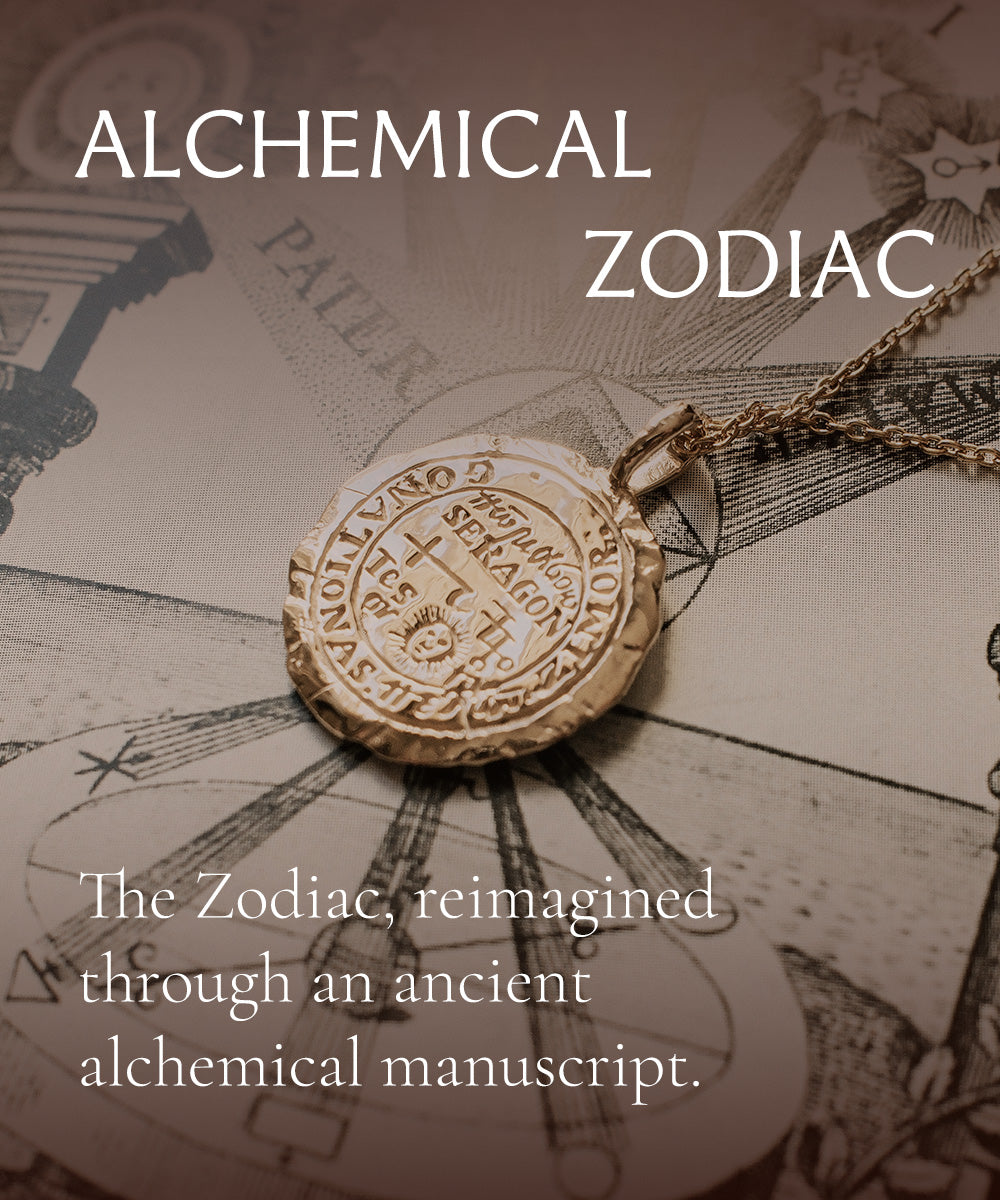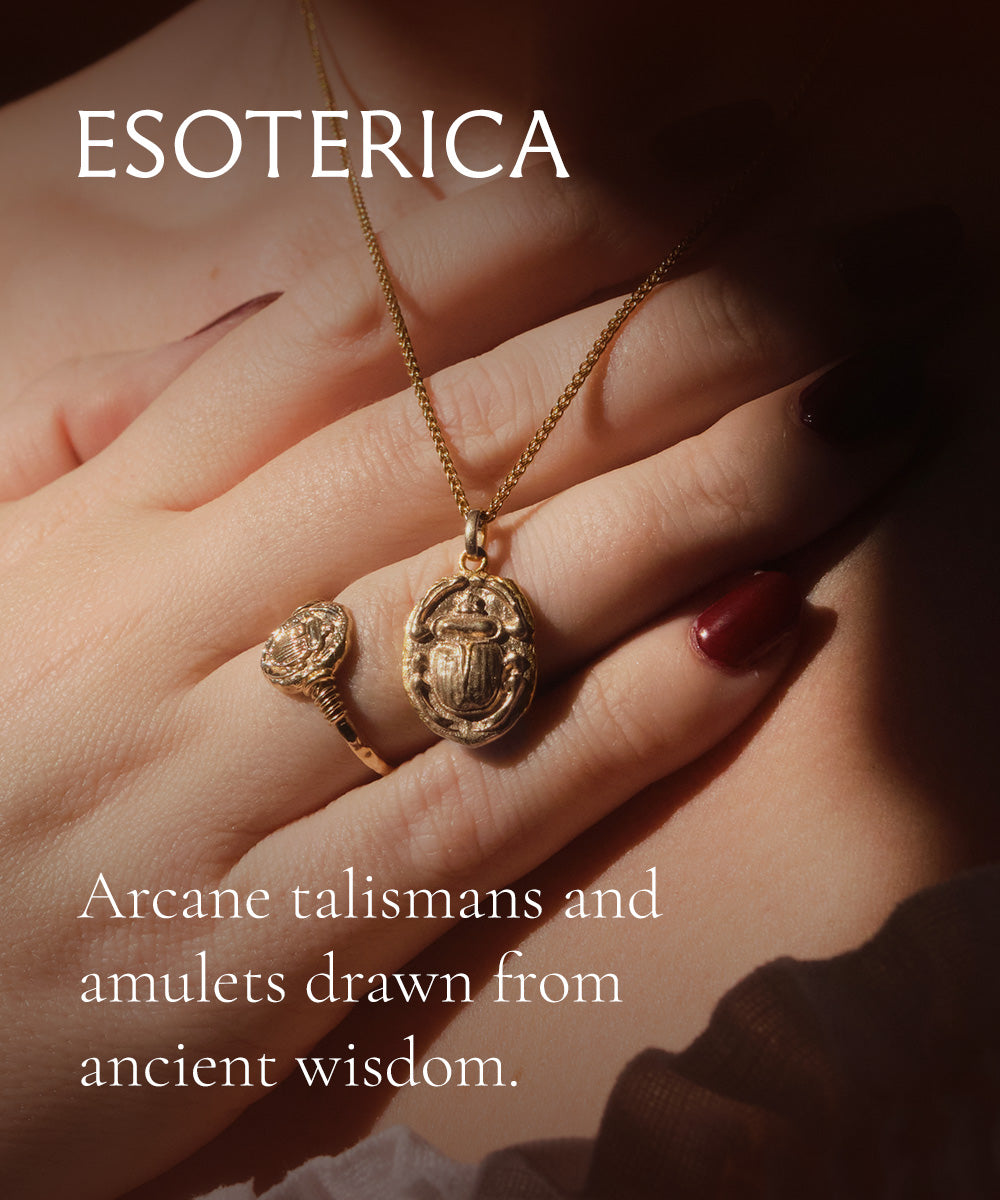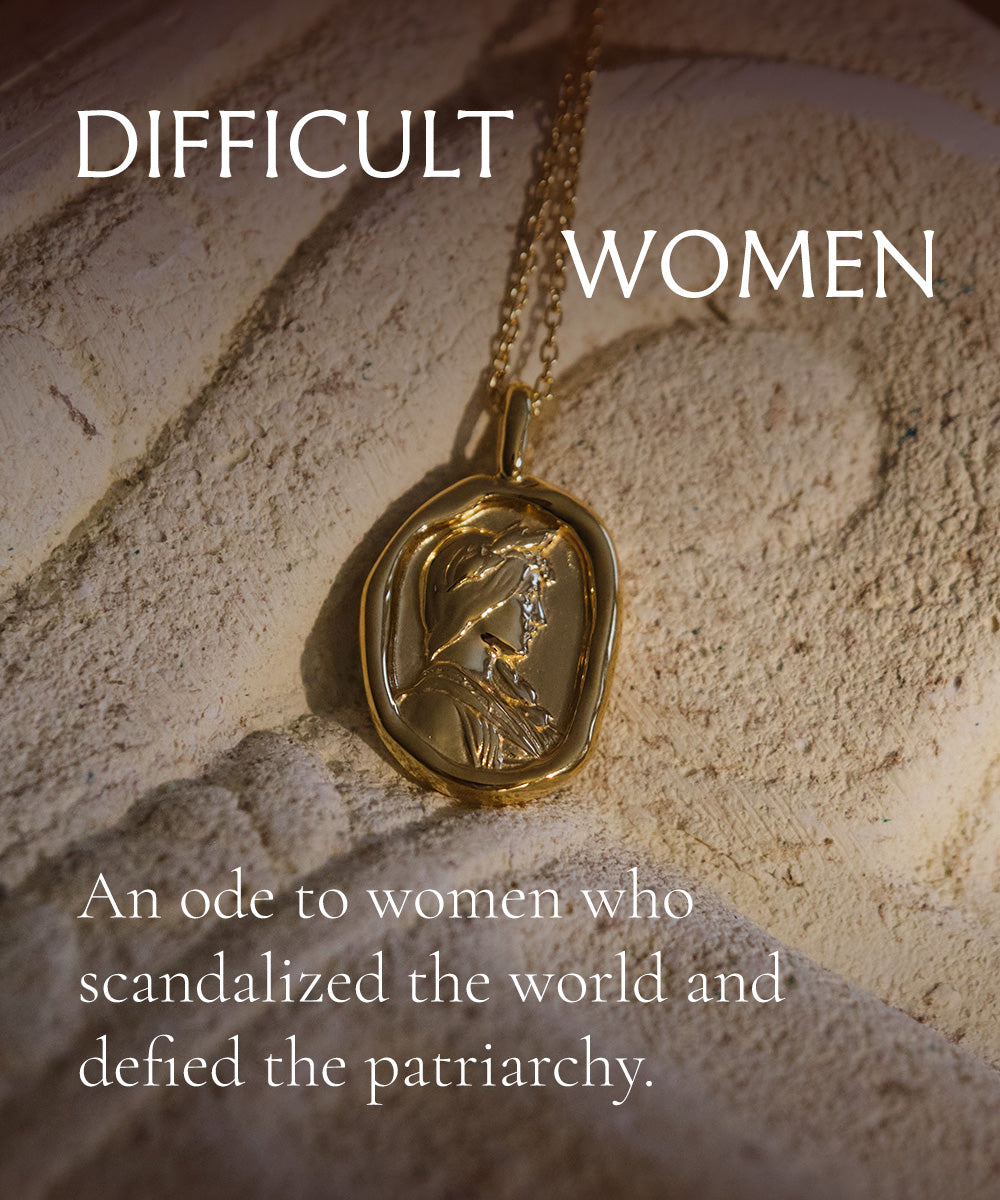Quick Question: Which Mythological Monster Are You?
They can be lovely, beguiling, or deceptively shy. They can be scaled, feathered, with razor-sharp teeth or snakes for hair. The monsters of Greek myth aren’t all exactly monsters, but they come in many forms, and all have one thing in common: the very mention of them is enough to strike fear into the hearts of men.
This is just for fun, your mileage may vary.
Gorgon
The gorgon Medusa allowed herself to be vulnerable, and opened up to show her softest and most intimate self. Instead of treasuring this gift, Poseidon mistook it for weakness, and used his power to hurt her. Now she’s over it, flashing her powerful stone gaze, seeking justice for those who have been wronged.
Lamia
Every culture has a sort of vampire, which makes one wonder how everyone got the same idea. The raven-haired Corinthian Lamia was a femme fatale with blood red lips. A sort of priestess, not anointed but devoted to the delights of Aphrodite, her victims were young, beautiful, but superficial men who did not bother to look past her seductive appearance to notice their impending doom.
Dryad
Not a monster so much as a nymph, but still respected and even feared all the same. Much like elves or green spirits of European folklore, dryads were tree nymphs that lived in the woods. They were shy and did not often mingle with others, only placing their trust in the goddess Artemis. These untamed women with leaves and feathers twisted in their braids would step ever so softly through the brush, silent as a doe. Even still, dryads were unafraid to bring down the wrath of the forest on those who would disrespect their home.
Sphinx
Men were universally intimidated by the sphinx, as there was no way to overpower her physically. Only in a game of wits could one hope to impress the sphinx. She was a peddler of riddles and knowledge, always a step ahead, and those with inflated egos who thought they might match her were woefully incorrect.
Mermaid
These half-fish, half-women of popular culture shared much in common with the Sirens, in that they were the bane of impertinent sailors. Thessalonike, the princess of Macedonia, washed her hair with water from the fountain of immortality and was turned into a mermaid. Sailors of the Aegean sea kept watch for her forever after, simultaneously hoping and fearing to catch a glimpse of the mermaid princess. Hauntingly beautiful, these are the most mysterious of the monsters, for only they know what secrets lurk in deep water.
Hydra
A nine-headed serpent with no particular gender identity, the hydra existed to terrify and confuse. Called the serpent of the sky, the hydra was made immortal in a constellation south of Cancer. It was best to avoid the marshes they haunted, as none could hope to best a hydra in their prime.
Phoenix
This majestic bird creature existed in a constant state of recreation, facing ruin and always rising again. When a phoenix died, it combusted in a magical flame, and was reborn again, remaking itself from only ashes. In her poem Lady Lazarus, Sylvia Plath famously wrote “I rise from the ashes with my red hair, and I eat men like air.”
